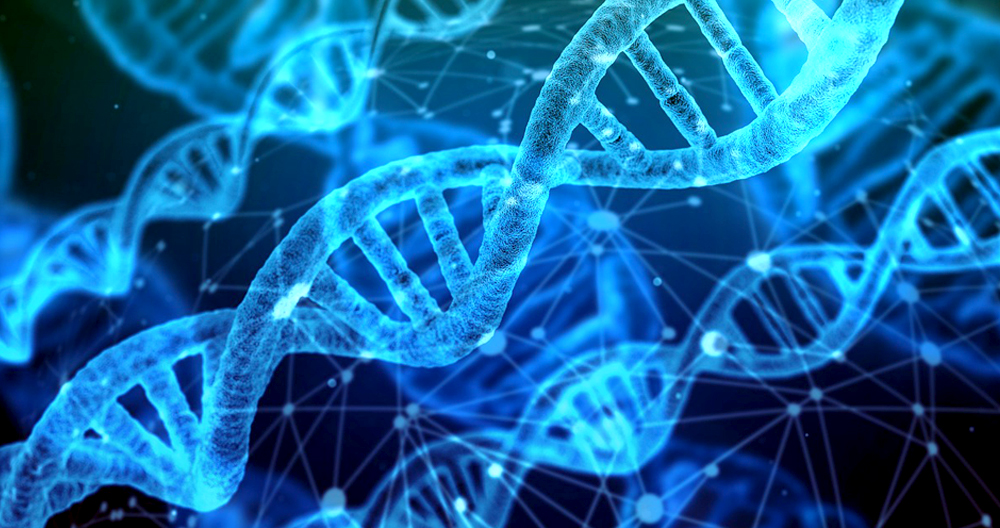
DowDuPont’s Own Scientists Confirm Critical Differences Between Gene-Editing and Conventional Plant Breeding Techniques
July 25, 2018 | Julie Wilson
Organic Consumers Association
The biotech industry has long insisted that genetic engineering is no different than, or at the very least a continuum, of traditional plant breeding techniques—a myth perpetuated by the industry to shield it from public criticism, as well as from regulatory oversight.
But a new study from the biotech industry itself admits that there are in fact significant differences between new methods of genetic engineering, including the gene-editing technique CRISPR, and conventional plant breeding, further dispelling the claim that the two methods are one in the same.
The study lends support to the July 25, 2018, ruling by the European Court of Justice that food and crops produced using new gene-editing technologies must be regulated in the same way as genetically modified organisms (GMOs)—which in the EU means they must be labeled as GMOs.
U.S. consumers should be so lucky. Unfortunately, in the U.S., where there is yet no meaningful law requiring the labeling of GMO foods, the U.S. Department of Agriculture (USDA) has said it won’t even regulate gene-editing techniques, much less require labels on foods produced by those technologies.
The USDA supports its no-regulation position by claiming that gene-editing technologies “are increasingly being used by plant breeders to produce new plant varieties that are indistinguishable from those developed through traditional breeding methods.”
That claim isn’t shared by EU regulators. And it isn’t supported by scientists at DowDuPont, the world’s largest chemical company.
DNA changes ‘seriously underestimated’
For starters, plants manipulated with genome editing can be identified even in cases where no new genes are inserted, according to the authors of a recent study published by the German regulatory authority (BVL) and DowDuPont. Why? Because editing always changes all of the copies of a gene simultaneously.
That’s not the case with traditional plant breeding techniques, which result in some leftover copies in the genome. These leftover copies can help compensate the effect of random mutations.
As reported by Sustainable Pulse, when gene-editing is used to alter the genome of a plant, an identifiable change occurs. According to the BVL-DowDupont study:
“. . . genome editing can be targeted to a specific gene. However, few plant genes are found as single genes. (…) genome editing is adept at knocking out genes present in multiple copies. Thus, whenever a crop is found with multiple copies of the same gene knocked out, it will be almost certain that genome editing was used.”
Unlike conventional plant breeding, gene-editing runs the risk of having unintended consequences. For example, when plants are traditionally cross-bred, “changes in the genome are not purely random but are influenced by natural gene regulation,” reports Sustainable Pulse:
“If, for example, plants are cross-bred, some regions in the genome will be more frequently affected by new re-combinations than others. However, the application of CRISPR-Cas can change genes in ways that would not be expected to happen under natural gene regulation.”
Despite their own scientific conclusions, DowDupont and the BVL—and the biotech industry as a whole—reject the notion that gene-editing technologies should be regulated.
However, mounting research highlighting the potential human and environmental health effects suggests that gene-editing techniques should in fact be subjected to regulatory scrutiny. For instance, a study published in July found that CRISPR may cause frequent and extensive mutations and genetic damage that’s undetectable using existing DNA tests.
“We found that changes in the DNA have been seriously underestimated before now,” said Allan Bradley, a geneticist with the Wellcome Sanger Institute in the UK.
Additional research published in June in the journal Nature Medicine found that editing cells’ genomes with CRISPR-Cas9 may alter cells’ ability to treat disease, which could lead to cancer down the road.
Julie Wilson is communications associate for the Organic Consumers Association (OCA). To keep up with OCA news and alerts, sign up for our newsletter.
